Recent Posts
Archives
- October 2025
- August 2025
- June 2025
- March 2025
- February 2025
- November 2024
- September 2024
- August 2024
- April 2024
- March 2024
- January 2024
- December 2023
- November 2023
- October 2023
- September 2023
- August 2023
- July 2023
- June 2023
- May 2023
- April 2023
- March 2023
- February 2023
- September 2022
- August 2022
- April 2022
- March 2022
- December 2021
- November 2021
- October 2021
- September 2021
- August 2021
- July 2021
- June 2021
- May 2021
- April 2021
- March 2021
- February 2021
- October 2020
- September 2020
- August 2020
- July 2020
- June 2020
- May 2020
- April 2020
- March 2020
- February 2020
- January 2020
- December 2019
- November 2019
- October 2019
- September 2019
- August 2019
- July 2019
- April 2019
- March 2019
- February 2019
- January 2019
- December 2018
- November 2018
- October 2018
- September 2018
- August 2018
- July 2018
- June 2018
- May 2018
- April 2018
- March 2018
- February 2018
- January 2018
- November 2017
- October 2017
- September 2017
- August 2017
- July 2017
- June 2017
- May 2017
- April 2017
- March 2017
- February 2017
- January 2017
- December 2016
- November 2016
- October 2016
- September 2016
- August 2016
- July 2016
- June 2016
- May 2016
- April 2016
- March 2016
- February 2016
- January 2016
- September 2015
- August 2015
- April 2015
- February 2015
- January 2015
- December 2014
- November 2014
- September 2014
- July 2014
- June 2014
- March 2014
- June 2013
- July 2012
Categories
Barbera
What does it mean to be a Barbera D’Asti clone?
What does it mean to be a Barbera D’Asti clone?
- Large oval berries
- Minimum planting of 1,600 vines/acre
- When planted in calcareous soils it produces a dark, rich color. If planted in sandy soils, produces a lighter but vibrant color.
Wine Style:
Lucious in flavor. Rich dark fruit (tart cherry, blackberry), if aged more savory and herbaceous notes come through (licorice, dried herbs, black pepper). Medium bodied, sharp acidity, soft tannins, ABV is usually between 12-14.5%, cellar 3-7 years (if you have the patience 😉) for extra complexity.
To make an order please contact us via sales@juicegrape.com or call us at 877-812-1137, follow us on Facebook, Instagram, and Youtube, or check out the Harvest Tracker and Winemaker Blog on our website- juicegrape.com.
Wine Grape Spotlight: Lanza-Musto Barbera
Our Barbera is flourishing in Suisun Valley. The LMV Barbera wine grape produces good yields and is known for its deep color, full-body, low tannins, and high levels of acid. Rolling in at 24.5 Brix we can’t wait to get winemaking! This Italian-style wine should be enjoyed relatively young. LMV Barbera wine gives off notes of dark cherry, plum, and boysenberry. In the past we’ve used a slight amount of French Oak to enhance the supple tannins and hints of vanilla.
Make sure to pick up a few cases this week to make at home!
Ingredients:
- 2-3 cases (36lbs) of Lanza Musto Barbera grapes
- 1.6 gms of Potassium Metabisulfite
- 3mL of Color Pro
- 1 – 6gal package of Go-Ferm
- 1 – 6gal package of chosen yeast (see yeast suggestions below)
- 1 – 6gal package of Fermaid K
- 1 – 6gal package of Fermaid-O
- 1 – 6gal package of Malolactic Bacteria
- Optional Additives:
- 1 – 6gal package of Tannin FT Rouge
- 1 – 6gal package of Opti-Red
- 1 – 6gal package of Booster Rouge
- .9oz of French Oak Dust
Yeast Suggestions:
- VRB
- VRB helps bring out ripe fruit, jammy notes, hazelnut, and dried plums. It helps soften harsh tannins, softens high acid, and adds a little extra complexity mid palate. This yeast bodes great color stability and is a great option for your Lanza-Musto Barbera.
- BRL97
- BRL97 was created for Italian wine grapes. It is a vigorous fermenter with a high alcohol tolerance. It enhances the fruity notes of the grape, while helping balance out the palate. Another great option for your Lanza-Musto Barbera.
Equipment:
- 1- 6 gallon carboy
- 1 – 5 gallon carboy
- 1- 50LTR fermentation pail w/lid
- 1- Crusher Destemmer or utilize Musto’s Crush/Destemm service
- 1- Press
- 2 – Airlocks
- 2- Drilled Bungs to fit Carboys (#7)
- B-Brite
- Potassium Metabisulfite
- Racking equipment
- Hydrometer
- Thermometer
- Ability to test for Total Acidity (TA), pH, and MLF
- Must punch down tool or stainless steel spoon
Winemaking Steps:
- Sanitize and Crush and Destem – Inspect your grapes. Crush and destem into clean and sanitized food grade 50LTR fermenting tub. Always allow an extra 20% of volume for fermentation purposes as the wine will “expand” throughout fermentation. Always rinse your fermentation vessel with a sanitizing strength potassium metabisulfite solution (2oz/gallon or 3tbsp/gallon). Make sure that the sanitizing solution touches all the surfaces of the fermentation vessel and that the vessel is completely emptied out of all sanitizing solution after. Shake free any drops as best you can from the fermentation vessel. Having remaining sulfite liquid in the vessel will prohibit fermentation. Do not rinse the sanitizer off with water after sanitizing as that will reintroduce bacteria to the environment.
- Once all of the grapes are crushed, try to accurately measure your quantity of must. Add ¼ tsp of potassium metabisulfite for every 5 gallons of must that you have. Mix up the must thoroughly.
- ALWAYS record the additions you make to your grape must!
- Wait for 6-8 hours after the sulfite addition and then add color pro to the must. Always mix it with water to create a 10% solution (if you use 5mls of enzyme, mix it with 45mls of water). The water allows it to better circulate throughout the must. Allow the pectic enzyme to work for 12 hours before yeast set.
- Twenty four hours after crushing the grapes, mix the container thoroughly and take and record your measurements. Measure Brix, pH, and TA. If you need to adjust your must at all, this is the time to do it. Ideally your Brix should be between 23-28 degrees, the pH between 3.4-3.7, and the TA between 6-7g/L. Your initial Brix reading, multiplied by .55, will give you a close estimate of your ending alcohol by volume percentage.
- If you would like to use fermentation tannins (FT Rouge, oak dust) or fermentation nutrients such as Opti-Red, add them after measurements and adjustments have been made. Mix any of these ingredients in thoroughly.
- After measurements have been taken and any adjustments have been made, it is time to set yeast if you are using a cultured yeast strain. Follow the yeast set directions on the packet explicitly.
- After you get to temperature and add your yeast, you may cover the vessel lightly with an old sheet or towel or place the lid gently on top of the bucket.
- Obtain a must punch tool, a long stainless steel spoon, or your bare hands, and sanitize your tool or hands with sulfite sanitizer. This is what you will use to “punch down” or mix up the must three times a day. Try to mix everything very well, pushing all of the skins back down to the bottom, getting them very wet, and bringing up the piqued from the bottom. This should be done as often as possible, preferably three times a day. [Before work (7am), after work(5pm), and before bed (10pm)] When punching down every evening, take a sample of the liquid and using your hydrometer, track the Brix depletion. You should notice a drop in Brix daily. Always record your additions to your must, your brix depletion, and punch downs.
- If you are using additional yeast nutrients to assist in fermentation you will add them after fermentation has started. Fermaid O is added at the beginning of fermentation (1 day after yeast set) and Fermaid K will be added at 1/3 depletion of the Brix (2/3 of the beginning amount of Brix). Follow the directions for the individual yeast nutrient, hydrating with water and mixing thoroughly.
- If you are adding malolactic cultures to your wine, you may also chose to do this at 1/3 Brix depletion. Follow all directions on the bacteria and nutrient packets explicitly.
- Punch down and take Brix measurements daily. When your hydrometer reads 0.90, you have fermented to dryness. At this point your malolactic fermentation may still continue, but the primary alcoholic fermentation is complete. You may now press the wine. Wash the press and sanitize using potassium metabisulfite. Again, make sure the press does not have any excessive puddles or lingering amounts of sanitizing solution remaining. Sanitize the receiving container carboy and any pumps or tubing that you may use. Anything that comes into contact with the wine should be rinsed with sulfite sanitizing solution. Place a screen (also sanitized) inside of the press to hold back any extra skins or seeds from getting through. Start scooping up the must and placing it in the press. Some of the liquid will immediately flow through, this is the “free run”. When the press is full, slowly begin pressing. Do not try and press every last drop out of the must as this can lead to seed cracking and bitterness in the wine. Fill each container to within ½” of the top and secure a bung and airlock in place. Malolactic fermentation will exude a small amount of carbon dioxide and there will be trapped gas within the wine that will need to escape the container.
- Allow the wine to sit for 2-3 weeks. You can conduct malolactic chromatography or bring a sample to a winemaker at Musto Wine Grape for analysis to ensure that your secondary fermentation is finished. At this point you should see a nice thick layer of lees in the bottom of the carboy. You will want to place the full vessel onto an elevated surface such as a table and place the new, sanitized, empty vessel on the floor below. Using a sanitized siphon, rack the wine into the new carboy. You may have space at the top which will need to be “topped off” with more wine. You can either use wine from another container, or finished wine to do this. It is very important that there is less than a 1/2” of headspace in each container. At this point you should also add 1/4tsp of potassium metabisulfite per 5 gallons of wine.
- Now it is time to let your wine age. You will need to rack it and add additional SO₂ every 3 months. Make sure you sanitize all equipment and containers when racking and keep them topped off within ½”. Come visit Musto Wine Grape for bottling advice and supplies.
Want to make a Blend instead? Winemaker Rick Lanza suggests trying a 55% Barbera, 35% Petite Sirah, 10% Cabernet blend. It was one of his most popular Wine Club Cuvee’s!
For more winemaking details check out our Winemaking “How to” Videos
Awards Won:
2020 Sunset International Wine Competition – 2018 Lanza Barbera – GOLD – 93 Points

For a delicious food pairing check out our Brasato al Barbera (Beef Braised Barbera) Recipe!
Want to make your own Barbera? Musto Wine Grape Company is New England’s largest supplier for winemaking products and services. From home winemakers to wineries, we’ve got you covered! Give us a call at 877 – 812 – 1137 to speak with someone to get you started.
Brasato al Barbera (Beef Braised in Barbera) Recipe
Brasato al Barbera (Beef Braised in Barbera)
A Piedmont style braised beef recipe cooked in red wine.
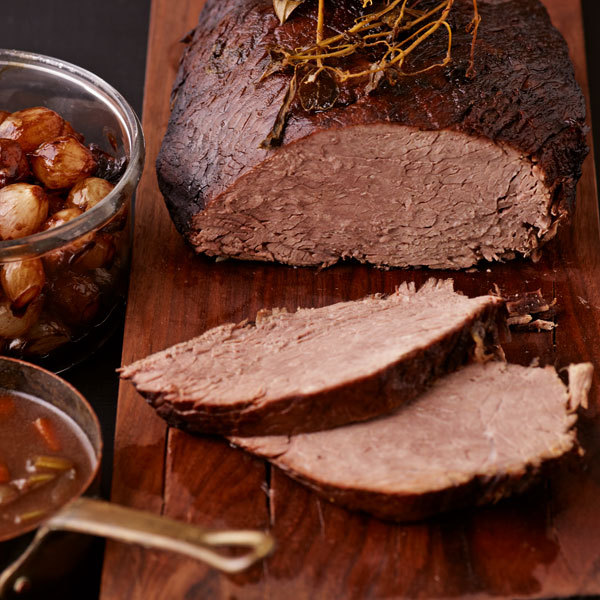
Known as “the people’s wine”, Barbera is an everyday drinking wine from the Piedmont region.
Barbera is a palate pleaser because it is easy to drink, well balanced and affordable.
Our 2017 Barbera has flavors of cherries, strawberries and raspberries, and intense aromas of blackberries. This Barbera is very low in mouth-drying tannins and high in acidity, which makes it the perfect wine to pair with rich foods like cheeses, meats and earthy mushrooms.
What you’ll need:
- 1 Tbsp olive oil
- 1 (3-pound) boneless beef chuck roast, patted dry
- Salt and freshly ground black pepper
- 3 ounces pancetta, diced
- 1 yellow onion, diced
- 4 medium carrots, diced
- 4 celery stalks, diced
- 5 cloves garlic, minced
- 1 1/2 bottles (4 1/2 cups) Barbera
- 2 cups chicken stock
- 2 sprigs rosemary
- 2 bay leaves
- 1 cinnamon stick
- 2 Tbsp cornstarch
- 1/4 cup chopped fresh parsley, for garnish
What to do:
- Heat the oven to 325 degrees.
- In a large Dutch oven, heat the oil over medium-high heat. Sprinkle the beef with salt and pepper.
- Add the beef to the pot and cook, turning every 2-3 minutes, to brown on all sides.
- Once browned, remove the beef from the pan, add the pancetta to the fat in the pan and cook until browned, about 3 minutes.
- Add the onions, carrots, celery and a pinch of salt; cook until caramelized, about 15 minutes.
- Add the garlic and cook until fragrant, about 30 seconds. Return the beef to the pan and add the wine, 2 cups of the stock, rosemary, bay leaves and cinnamon stick.
- Bring the liquid to a simmer over medium-high heat, then cover tightly and transfer the pot to oven.
- As it’s cooking, turn the roast every 30 minutes until fully tender and a meat is starting to fall apart when poked with a fork (3 1/2-4 hours). Remove the meat from the pan and tent with foil to keep warm.
- Remove the rosemary, bay leaves, and cinnamon stick, and place the pot over high heat. Cook about 10 minutes.
- Ladle about 1/2 cup of the hot sauce into a small bowl, whisk the cornstarch into the hot sauce then add slurry back into the sauce in the pan and cook another 10 minutes until the sauce has thickened a bit.
- Adjust the seasoning to taste and turn the heat off. Place meat onto a platter. If it has not completely fallen apart, thinly slice the beef across the grain into 1/4-inch thick slices. Serve the beef ladled with the sauce. Garnish with parsley and serve.
Want to make your own Barbera? Musto Wine Grape Company is New England’s largest supplier for winemaking products and services. From home winemakers to wineries, we’ve got you covered! Give us a call at 877 – 812 – 1137 to speak with someone to get you started.
Wine Grapes from Amador County
Amador Brix Levels are in! Amador’s production of robust, intensely flavored red wines is attributable to its high percentage of old vines -roughly 600 acres out of a total of 2,700 are 60 years or older, including several vineyards dating to the 19th century. These deeply rooted, head-trained vines, primarily zinfandel, found in vineyards such as Plymouth, produce tiny crops of small-berried grapes which produce the heady zinfandels for which Amador County is renowned. Our Amador Sangiovese is at 19.6, Barbera at 19.0, and Zinfandel is at 19.2. Make sure to put in your pre-order via sales@juicegrape.com or 877-812-1137.
How to Work with Anciet Wine Grapes
Our Ancient Vine Wine Grapes come from one of the oldest grape growing regions, Madera County, CA. The grapes were planted close to 80-100 years ago and are being farmed by the 3rd and 4th generations. These are low production and low yield vineyards. They yield 2-4 tons/acre depending on the variety. These berries are small clusters with high concentration of phenols and color. Incredibly concentrated grapes which create a very concentrated and complex wine.
To see a video of our Ancient Alicante Vineyard click the play button below.
Our Suggested Ancient Vine Blend:
60% Alicante, 20% Muscat, 20% Grenache
pictured above – ancient vine Grenache
Yeast Suggestions: 71B, VRB, and D254.
- If you want to make a more fruit forward wine: 71B is a great yeast for fruit forward wines such as Grenache and Alicante. It helps bring out the fruity aromas Grenache and Alicante are known for.
- If you want to make a make a wine with a more balanced ratio of tannin to fruit: VRB yeast is a consistent fermenter that helps bring out the tannins while enhancing varietal characteristics.
- If want a wine with a balance of fruit and earth: D254 is a yeast that helps develops ripe fruit together with mild spiciness while increasing mouthfeel.
- *Please note that we always suggest using nutrients and putting your red wines through malo. Click the links below for more information on Musto Wine Grape’s Fermentation Protocols.
Ancient Grapes Available:
– Alicante
– Carignane
– Grenache
– Barbera
– Muscat
Fun Fact: For a grape to be considered an Ancient Vine it must be 75+ years old. To be considered an Old Vine it must be 35+ years old.
For more information on purchasing ancient vines grapes please give us a call at 877-812-1137 or sales@juicegrape.com.
Lanza-Musot Vineyards, Suisun Valley, CA Update: 8/23/17
Real time news from the field! Nick Lanza of Lanza Vineyards popped by the Cabernet 169 this morning to check on the grapes for us. Nick says.. “It’s looking like a good crop, weather has been great, really excited about this year’s vintage. A cool late summer so far, good temperature swings. Right now it’s a cold 57 degrees at 6:52AM PST in the vineyard. The temperature will get up in the high 80’s / low 90’s during the day. A good temp swing which will push things a long a little bit. Looking at warmer weather coming up pretty soon. Should start to push the whites along. Making boxes and getting ready to send these grapes back East!”
Lodi is now a Premier Region for Sustainably Grown Grapes
Lodi is becoming a force to be reckoned with, especially when it comes to sustainability….
“Lodi Rules for Sustainable Winegrowing is California’s original sustainable viticulture program. This program truly began from the ground up, with growers deciding it was important for the future of the Lodi region. Our certification process is rigorous, based in science, voluntary, and third-party audited. Lodi Rules certified growers make up an innovative community with a history and commitment to farming quality winegrapes through the implementation of viticulture practices that balance environmental, social, and economic goals. Lodi Rules was designed to communicate our commitment to sustainable agriculture to wineries and the general public.
Lodi Rules has two key components. First, Lodi Rules promotes winegrape grower adoption of over 100 sustainability practices, which are called “Standards”. The Standards were collaboratively developed by a team of Lodi winegrape growers and viticulture professionals, and were first accredited by Protected Harvest in 2005. The Lodi Rules Standards are the backbone of the program, and are organized into six Chapters: 1) Business Management, 2) Human Resources Management, 3) Ecosystem Management, 4) Soil Management, 5) Water Management, and 6) Pest Management. Each Standard meets three criteria: first, it is measurable; second, it addresses at least one of the three aspects of sustainability (environmental health, social equity, and economic viability); and third, it is economically feasible to implement. We believe that the Lodi Rules Standards are the most thoroughly and rigorously vetted set of sustainability practices in California’s viticulture industry. All Standards have been peer reviewed by world renowned third-party scientists, members of the academic community, and environmental organizations.
The second key component of Lodi Rules is the pesticide risk model, PEAS, which is unique to Lodi Rules. Pesticide Environmental Assessment System (PEAS) is a risk model used to quantify the environmental and human impact of all pesticides applied in a vineyard. The PEAS model generates an Environmental Impact Unit (EIU) for each pesticide, which is based on the pesticide’s impact on 1) acute risk to farm workers, 2) dietary risks from acute and chronic exposure to people who consume the product, 3) acute risks to small aquatic invertebrates, 4) acute risk to birds, and 5) acute risk to bees and pests’ natural enemies. Pesticide use by Lodi Rules certified growers must fall below 50 PEAS impact units for the season.
A vineyard qualifies for certification if it meets several criteria. First, growers accumulate points through implementing sustainability practices and must sum to at least 50% of the total points available in each Chapter. Growers must accumulate at least 70% of the total points available across all six Chapters. Implementation of some Standards is mandatory. Such Standards are those that the program designers believe are imperative for sustainability. Certification is awarded to an individual vineyard on an annual basis. Certified vineyards must pass an annual independent audit to verify the implementation of sustainability practices.
2013 marked a year of improvements to the Lodi Rules, the most significant of which was a content revision of the Standards. The Lodi Rules Committee began the revision process in 2011 with the explicit goal of increasing the scientific rigor of the Standards while also making the program more adaptable to a diversity of vineyard conditions and management goals. In January 2012, the Protected Harvest Board of Directors accredited the revised Standards. In 2017, the Standards were further edited for clarity and consistency, and two new Standards were added to give growers credit for sharing sustainable viticulture knowledge and for conducting on-site collaborative research. The current, accredited 2017 third edition Standards are available for download HERE.“
So if you are interested in sustainably grown grapes Lodi is a top contender for this year’s harvest!
Speak to a Musto Crush Crew Representative Today about your fall harvest order – 877.812.1137 / sales@juicegrape.com
Mini Harvest Report
It looks like Mother Nature is excited to get her winemaking on because the grapes are ripening early and fast! Download our E-Book for the ENTIRE list of wine grapes and juices we will be bringing in this fall HERE –> MWG_2016 Harvest Menu E-Book
Mini Harvest Report:
Central Valley & Lodi: Brix are in the high teens. We are expecting to have grapes in Hartford, CT as early as September 7th.
Suisun Valley, Paso Robles, Contra Costa, Amador, Sonoma, and Napa: The whites will be harvest on September 1st and should be to Hartford, CT on September 7th. The red grapes are maturing well. The Brix are creeping up there. We think that we are still on track for a September 15th harvest date, with the grapes arriving in Hartford, CT as early as September 20th.
Juices: California juices will start arriving on September 7th. We hope to see the Italian juices sometime in the first week of October.
Prices: The grape and juice prices will be available by August 16th. Please give us a call at the office to secure your order.
We look forward to working with you this fall. If you have any questions please do not hesitate to contact us at 877.812.1137 or sales@juicegrape.com
Take An Adventure to Lodi Wine Country
We are bringing Lodi Wine Country to you this fall. An exciting time for the region, Lodi was recently named “Wine Region of the Year” by Wine Enthusiast Magazine. The grapes are grown in a Mediterranean style climate producing wines of great character and strength. Keep an eye out for our newer Italian Wine Grape Program from this region. These grapes will be producing some fantastic and age worthy wines.
A taste of Italy from Lanza Musto Vineyards
{Lanza-Musto Brunello Clone Sangiovese going through veraison}
Can’t make it to Tuscany this year? Don’t worry, you can make some fabulous Sangiovese right here in the US! Lanza-Musto Vineyards has been producing Brunello Clone Sangiovese for the past 4 vintages. One of the big reasons we planted this varietal is because the valley provides hot days and cool nights. The temperature can swing over 50 degrees depending on the time of year. Sangiovese eats this type of weather up! This high producing varietal soaks up the sun and enjoys the break under the cool night air.
When producing Sangiovese wines keep in mind that even though it is a bold tasting wine, it can easily be overtaken by oak infusions. Both the Musto Wine Grape Co. and Winemaker Magazine suggest using small amounts of oak or aging your wine in neutral barrels. The oak flavoring can overpower the wine and you will lose the delicate acidity and bright cherry notes that Sangiovese is known for. Also, blending in a little LMV Barbera or Merlot can help give it a little extra structure and complexity.
Since Sangiovese originated in Italy, the wines pair famously with anything tomato–based. We suggest pasta, pizza, or any meat dishes that have a tomato sauce. Frank Musto from Musto Wine Grape Co., LLC. personally enjoys his Sangiovese with Pepe’s Pizza from New Haven, CT or a great Chicken Marsala.
Sangiovese is one of the hottest up and coming varietals being produced in the United States. Make sure to secure your order of Brunello Clone Sangiovese for Fall 2016. You will not be disappointed!
Cheers and Happy Winemaking!
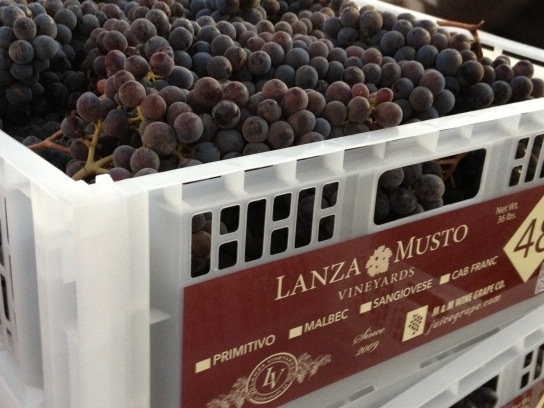
{Lanza-Musto Brunello Clone Sangiovese ready to ship to Musto Wine Grape Company}
Archives
- October 2025
- August 2025
- June 2025
- March 2025
- February 2025
- November 2024
- September 2024
- August 2024
- April 2024
- March 2024
- January 2024
- December 2023
- November 2023
- October 2023
- September 2023
- August 2023
- July 2023
- June 2023
- May 2023
- April 2023
- March 2023
- February 2023
- September 2022
- August 2022
- April 2022
- March 2022
- December 2021
- November 2021
- October 2021
- September 2021
- August 2021
- July 2021
- June 2021
- May 2021
- April 2021
- March 2021
- February 2021
- October 2020
- September 2020
- August 2020
- July 2020
- June 2020
- May 2020
- April 2020
- March 2020
- February 2020
- January 2020
- December 2019
- November 2019
- October 2019
- September 2019
- August 2019
- July 2019
- April 2019
- March 2019
- February 2019
- January 2019
- December 2018
- November 2018
- October 2018
- September 2018
- August 2018
- July 2018
- June 2018
- May 2018
- April 2018
- March 2018
- February 2018
- January 2018
- November 2017
- October 2017
- September 2017
- August 2017
- July 2017
- June 2017
- May 2017
- April 2017
- March 2017
- February 2017
- January 2017
- December 2016
- November 2016
- October 2016
- September 2016
- August 2016
- July 2016
- June 2016
- May 2016
- April 2016
- March 2016
- February 2016
- January 2016
- September 2015
- August 2015
- April 2015
- February 2015
- January 2015
- December 2014
- November 2014
- September 2014
- July 2014
- June 2014
- March 2014
- June 2013
- July 2012






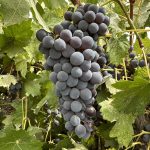
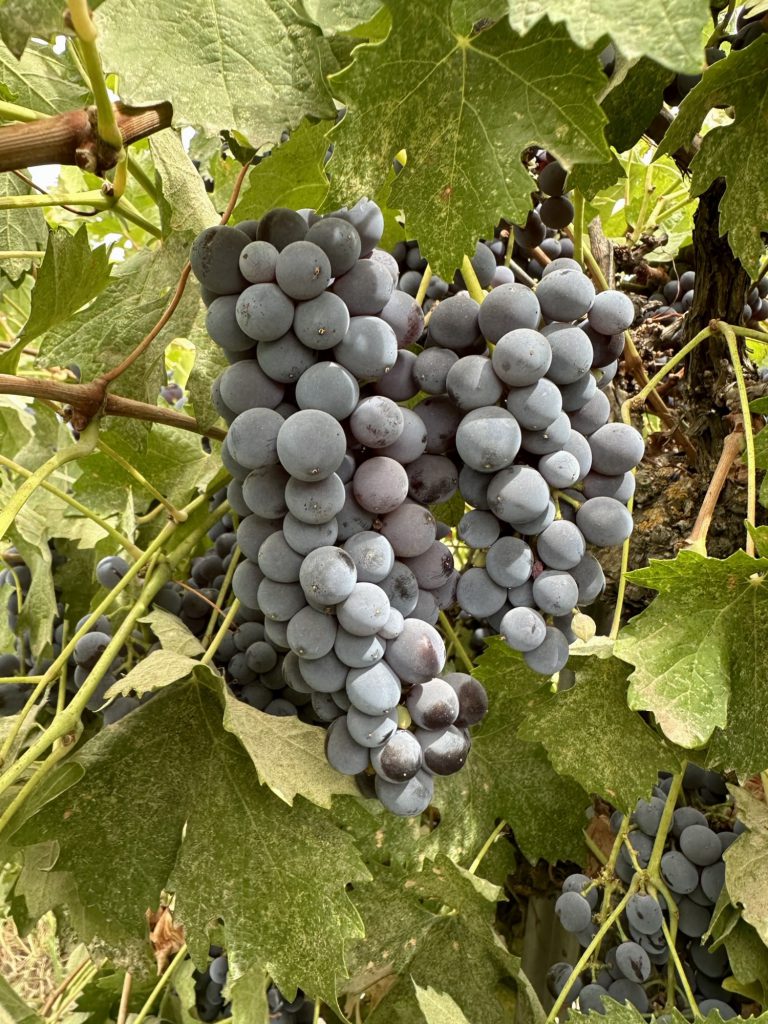
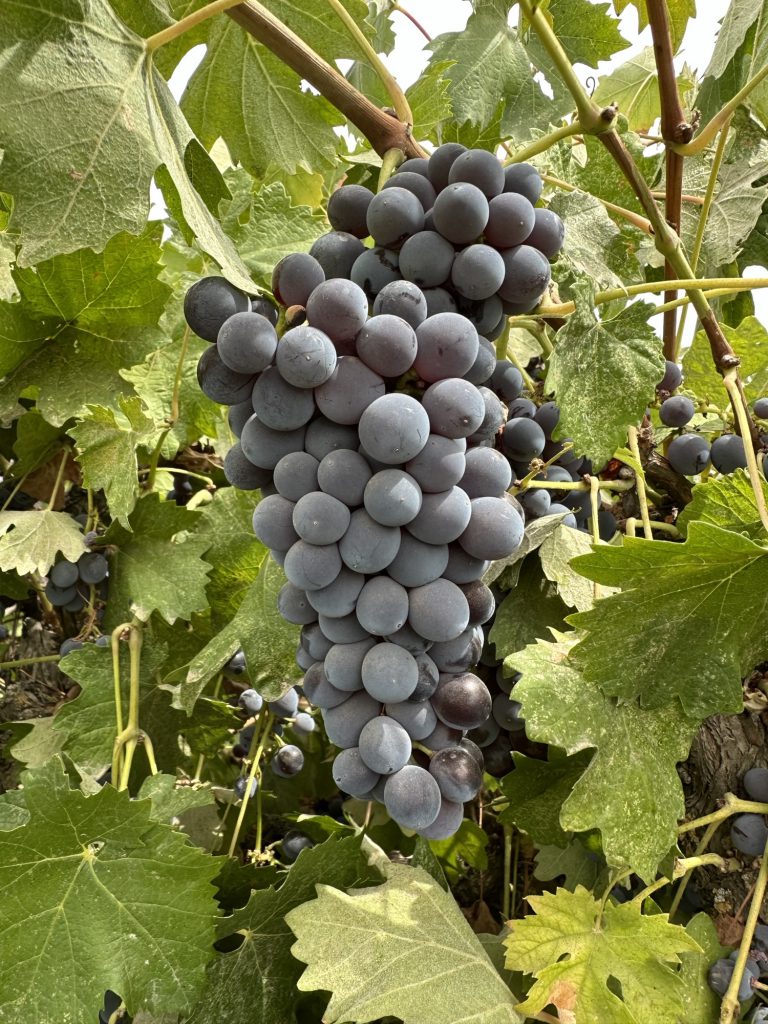
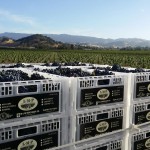
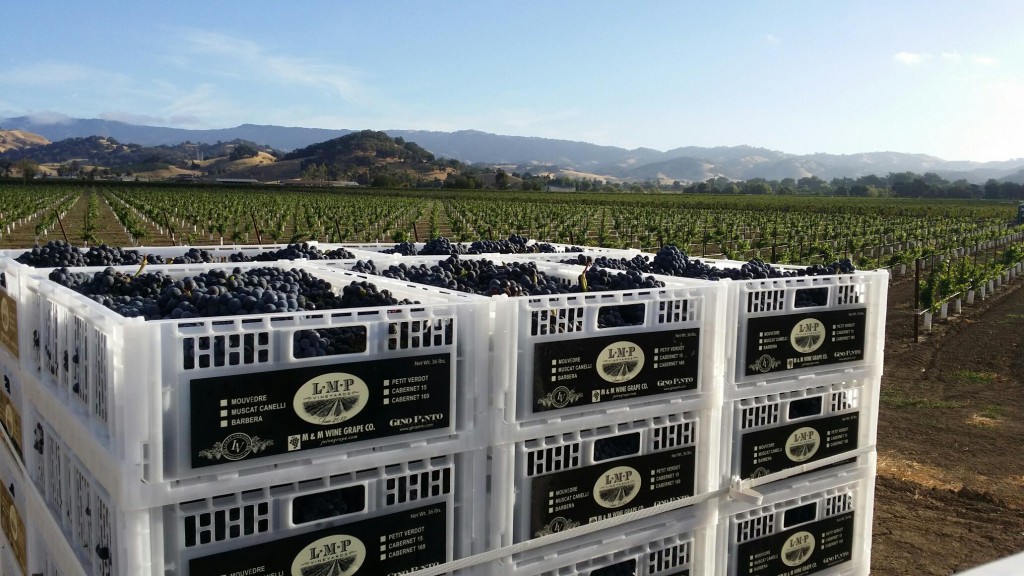
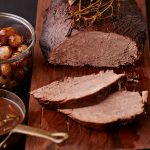
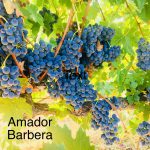
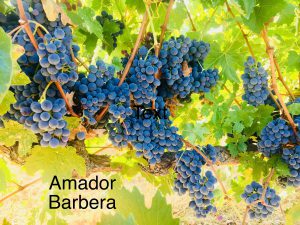
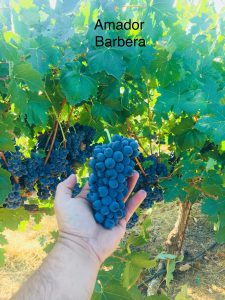
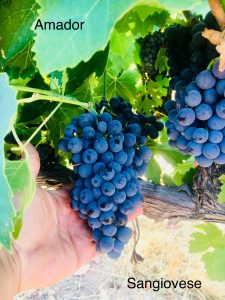
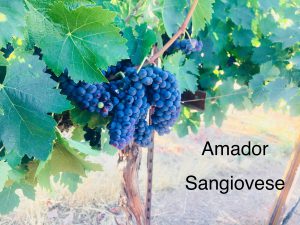
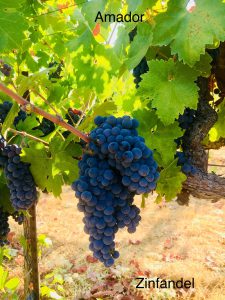
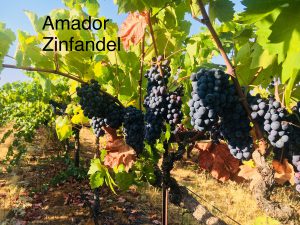
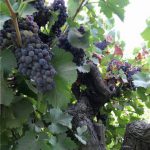
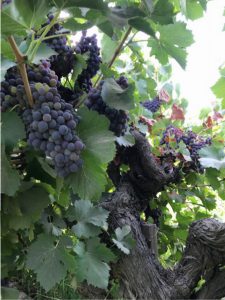


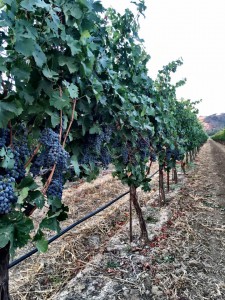
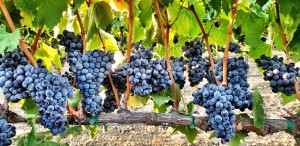
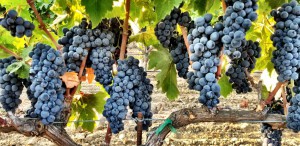
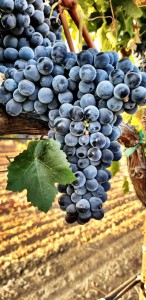
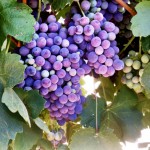
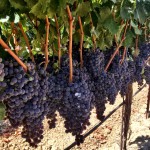
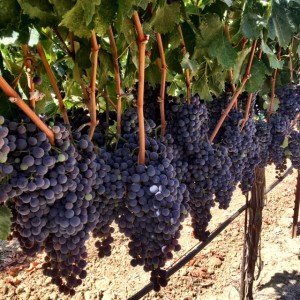
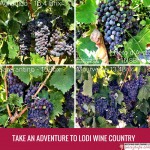
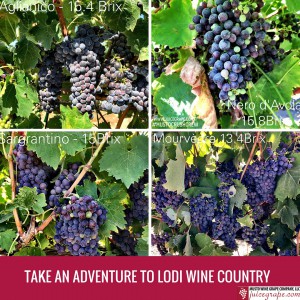
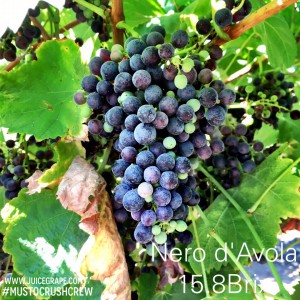
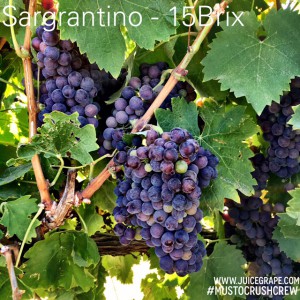
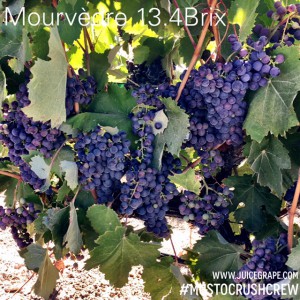
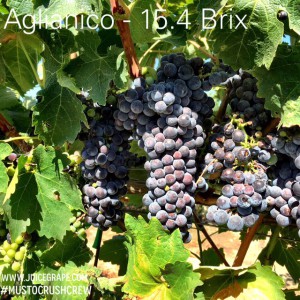
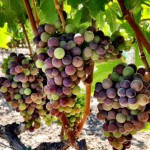
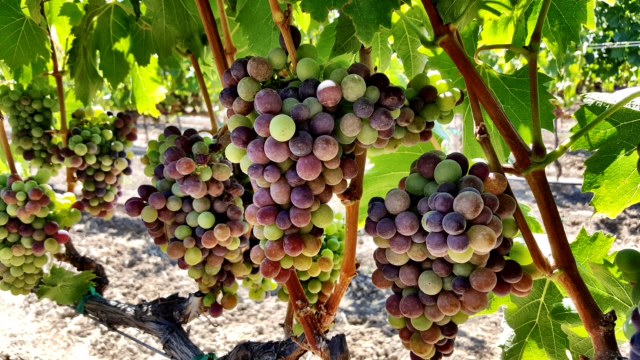
Recent Comments